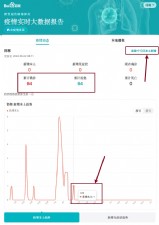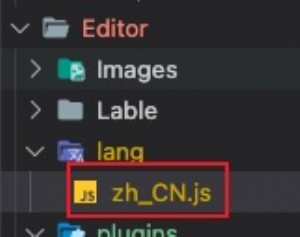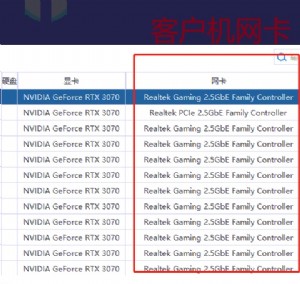详解如何为Linux系统编写设备驱动程序
68272">
这就用到函数verify_area.
static int write_tibet(struct inode *inode,struct file *file,
const char *buf,int count)
{
return count;
}
static int open_tibet(struct inode *inode,struct file *file )
{
MOD_INC_USE_COUNT;
return 0;
}
static void release_tibet(struct inode *inode,struct file *file )
{
MOD_DEC_USE_COUNT;
}
这几个函数都是空操作。实际调用发生时什么也不做,他们仅仅为下面的结构提供函数指针。
struct file_operations test_fops = {
NULL,
read_test,
write_test,
NULL, /* test_readdir */
NULL,
NULL, /* test_ioctl */
NULL, /* test_mmap */
open_test,
release_test, NULL, /* test_fsync */
NULL, /* test_fasync */
/* nothing more, fill with NULLs */
};
设备驱动程序的主体可以说是写好了。现在要把驱动程序嵌入内核。驱动程序可以按照两种方式编译。一种是编译进kernel,另一种是编译成模块(modules),如果编译进内核的话,会增加内核的大小,还要改动内核的源文件,而且不能动态的卸载,不利于调试,所以推荐使用模块方式。
int init_module(void)
{
int result;
result = register_chrdev(0, "test", &test_fops);
if (result < 0) {
printk(KERN_INFO "test: cant get major number\n");
return result;
}
if (test_major == 0) test_major = result; /* dynamic */
return 0;
}
在用insmod命令将编译好的模块调入内存时,init_module 函数被调用。在这里,init_module只做了一件事,就是向系统的字符设备表登记了一个字符设备。register_chrdev需要三个参数,参数一是希望获得的设备号,如果是零的话,系统将选择一个没有被占用的设备号返回。参数二是设备文件名,参数三用来登记驱动程序实际执行操作的函数的指针。


本文来源:不详 作者:佚名


 天下网吧·网吧天下
天下网吧·网吧天下







